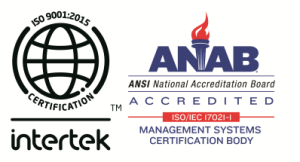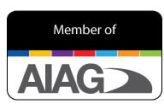Copper-nickel alloy is commonly known as cupronickel. There are different copper-nickel alloys with distinct properties that can be used to produce valuable products. The most commonly used are copper with 10% nickel, copper with 30% nickel, copper with 25% nickel, and copper with 45% nickel. Copper nickel alloys are valuable in the metal industry because of their physical and chemical properties. Cupronickel alloy is resilient to bio-fouling, crevice corrosion, stress corrosion cracking and hydrogen embrittlement. Other helpful features required in metal works include first-class thermal conductivity and ductility when exposed to cryogenic temperatures.
The concentration of nickel alloys and those with specific alloying elements guarantee higher flow rates and strength. A slight variance in corrosion resistance and strength is usually used to ascertain which alloy grade can be deployed in a particular field of operation. As a result of their valuable properties, cupronickel alloys are commonly used in marine manufacturing applications which include but not limited to desalination plants, offshore oil and gas structures, power generation, and shipbuilding. Within these zones, copper-nickel alloys are intended for seawater system components due to their corrosion resistant nature. Away from the marine environment, Cupronickel alloys are used to design coinage, cryogenic, and antimicrobial touch surface products.
The physical features of copper-nickel alloys differ depending on the composition. The melting point temperatures, electrical resistivity, and modulus of elasticity upsurge with the amount of nickel that makes part of the composition. Conversely, thermal conductivity declines as the content of nickel escalate. Nickel has an observable effect on the color of Cu-Ni alloys. When nickel is added, the copper color grows lighter. On the other hand, alloys nearly turn silvery-white when about 15% of nickel is added. The clarity and purity of the color increase with nickel content; from about 40% nickel, a polished surface is difficult to be identified from that of silver. Low-nickel alloys produce a yellow-pink hue. When in water, the alloys can significantly change from one color to another i.e. golden brown, dark brown or green, based on the content of the iron, immersion time and the status of the water.
Here at Gamma Foundries, we have what it takes to blend copper-nickel alloys and produce valuable products required in the market today. Our engineers are knowledgeable in Copper-nickel alloys. Also, we have all the equipment required to manufacture corrosion-free metals using cupronickel alloys. Our copper-nickel alloys products are durable and affordable at the same time.
M-30C – Grade “E” Nickel-Copper, ASTM A494
M-35-1 – Nickel-Copper




